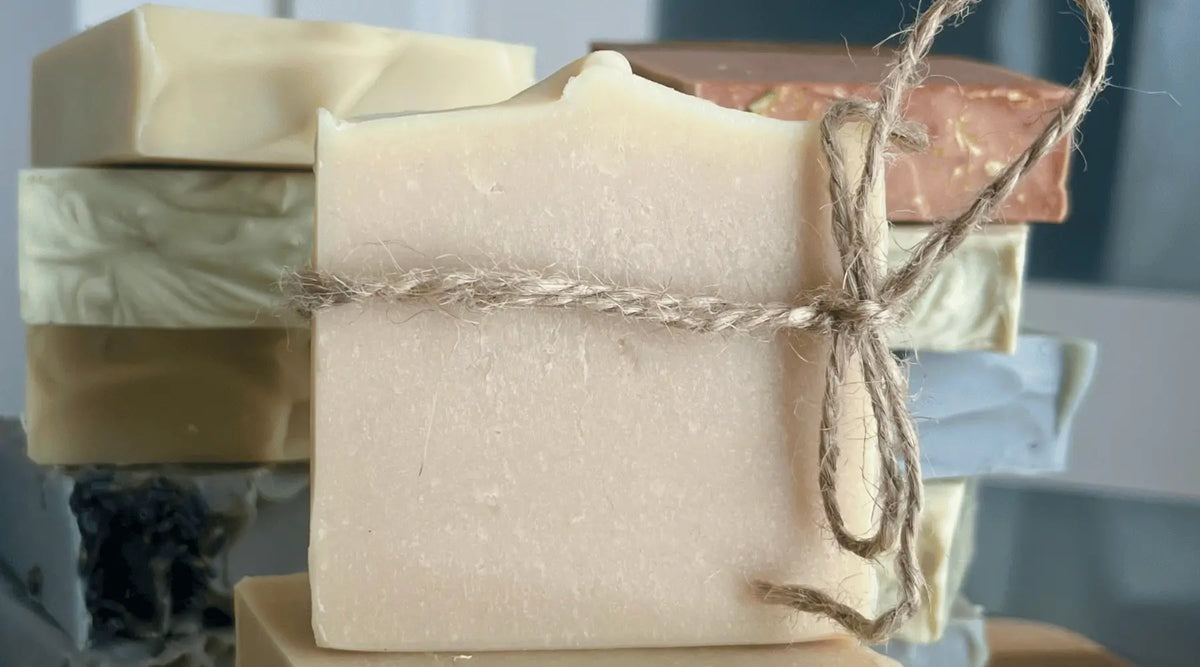
Cold saponification of natural soap, why? How?
|
Time to read 1 min
|
Time to read 1 min
Natural soaps and History are two of my passions (after 4 years of studying History at university 😅 ) I am always fascinated to discover where our daily care products come from.
We only have to go back a little in this history to see that in ancient Egypt and Mesopotamia, "soap" was used in the same way as other cosmetics. The Sumerians and Egyptians (2800 to 1500 BC) used a mixture of animal fats and ashes. Even in the Roman era, it seems that this mixture remained a must. This is where the word "soap" comes from , from the Latin saponem , acc. of sapo, saponis "mixture of tallow and ash used by the Gauls to redden hair". "These Romans are crazy!" our friend Obelix would say. In the Middle Ages, although body hygiene could leave something to be desired, improvements in soap manufacturing processes took place, but production remained artisanal. Flowers, herbs and alkalis were added to the composition. The animal fat used until then was goat tallow, and the ashes came from beech and kelp. The 18th century gave way to an unparalleled revolution: animal fat was replaced by olive oil, making the soap firmer. This is how the famous Marseille soap was born. Soap would enter its industrial phase in the 19th century thanks to a magic ingredient: sodium hydroxide (caustic soda) replacing the wood ashes used in traditional processes. From this point on, soap became a common consumer product thanks to industrialization. Production costs decreased, which made soap more affordable for a larger part of the population. With industrialization and the increased availability of soap, there was a growing awareness of the importance of personal hygiene and public health. Soap became a key element of public health campaigns aimed at reducing infectious diseases.